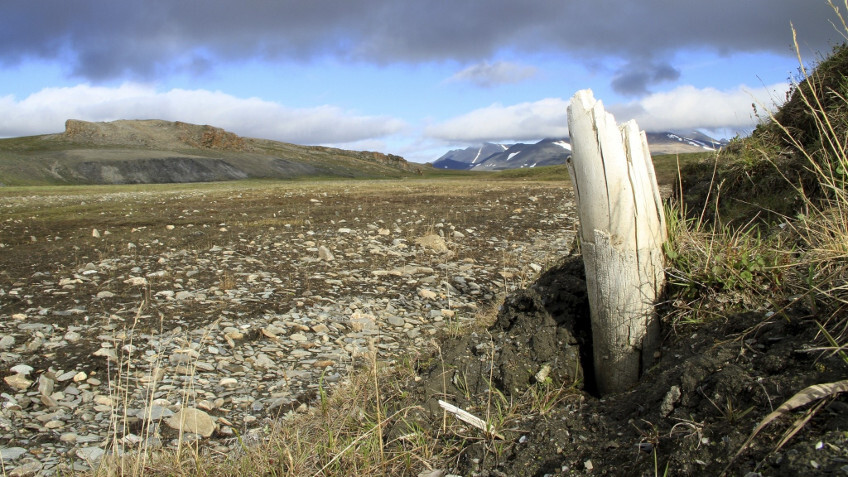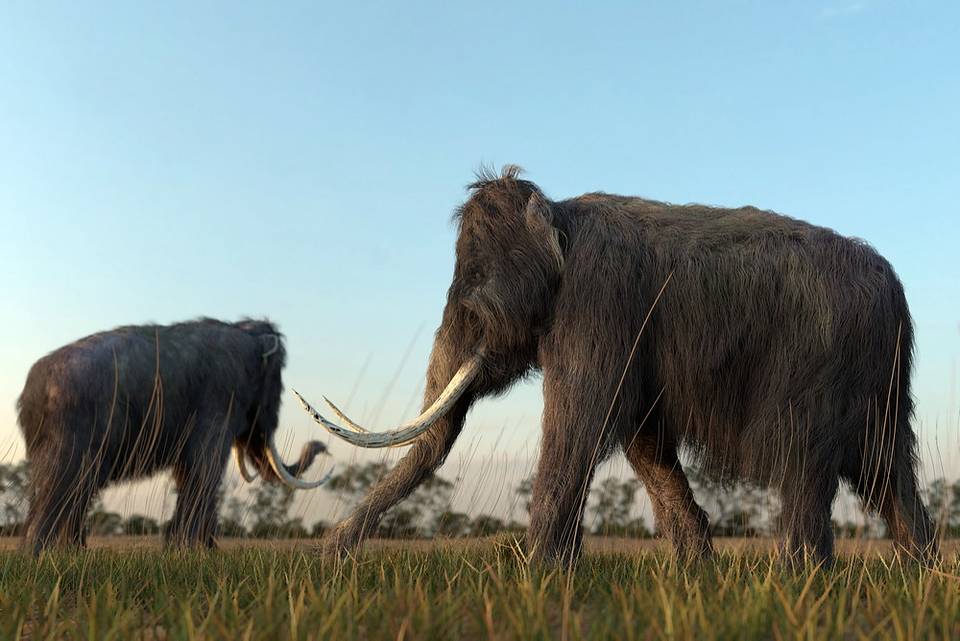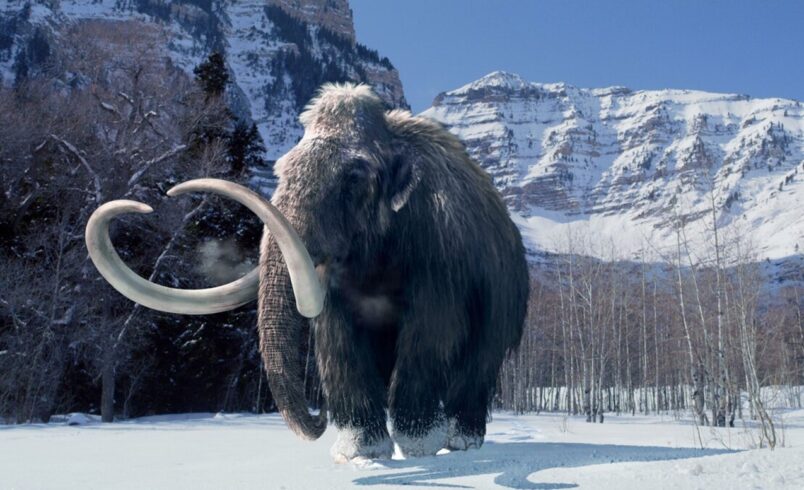Back to the Future: Scientists hope to influence climate change by resurrecting extinct animals
What is the probability that you will be able to see a live mammoth? Ten years ago, it would have been possible to say with 100% certainty that it is zero. Now we have such a chance.

American scientists led by Dr. George Church from Harvard Medical School decided to recreate the population of these ancient giants using genetic engineering methods.
About 8 years ago, Dr. Church, who was studying the genome of fossils together with his colleagues and comparing it with the genetic code of currently existing species, had an idea: to try to "revive" mammoths by combining their DNA extracted from fragments found in permafrost with the DNA of their closest relatives - Asian elephants. This technology of directed genome editing is called CRISPR. Cloning mammoths only on the basis of ancient DNA turned out to be impossible, since it received a lot of damage during millennia of freezing.

Strictly speaking, the animals obtained as a result of the experiment will rather be a hybrid of an elephant and a mammoth. But if scientists manage to correctly isolate exactly those parts of DNA that are responsible for survival in a cold climate, modern mammoths will be able to live in the same place where their ancestors lived thousands of years ago, and will take their place in the ecosystem of the planet.
In addition to purely scientific purposes, Dr. Church's group is guided by environmental considerations. According to scientists, at the time of the mammoths, the tundra - their habitat - was a flowering meadow, and this is a great merit of the animals themselves, who tore moss, broke trees and fertilized the soil with excrement. Their return will help to turn the tundra into a steppe again, reduce soil erosion and greenhouse gas emissions. This, in turn, should restrain the melting of Arctic ice and the emission of CO2 "packed" in them into the atmosphere.

A similar idea was also visited by Russian scientists who created a Pleistocene Park in Yakutia, inhabited by bison, bison, yaks, musk oxen and reindeer. But researchers from the USA are sure that mammoths would cope with the role of agronomists much better.
In addition, if the experiment turns out to be successful, it will make it possible to use CRISPR technology to preserve those species of modern animals that are threatened with extinction.
At first, the research progressed slowly, as scientists were engaged in them in their free time and with the remaining money from other funded projects. But in 2019, Ben Lamm, the founder of the AI company Hypergiant, whose mission is to develop technologies that change the world and help solve global problems, became interested in the project. The idea captured the entrepreneur so much that he, together with the team of George Church, in September 2021, opened the Colossal company, working to achieve the main goal – to create a "functioning mammoth". Investments in the project turned out to be no less colossal than the idea itself: to date, about $ 15 million has already been invested in the resurrection of mammoths.

Despite the fact that the project has its opponents in the scientific world who doubt the success and reflect on the ethics of the experiment, the founders of Colossal believe that creating a living mammoth is a feasible task, and if successfully completed, the new technology will advance science far ahead and change the world for the better.
So it is possible that in the Arctic, as many thousands of years ago, herds of long-haired giants will roam again, and our children will have the opportunity to see how the harsh northern tundra will turn green with grass and be decorated with flowers.
Read more
July 31, 2024
April 12, 2024
April 5, 2024